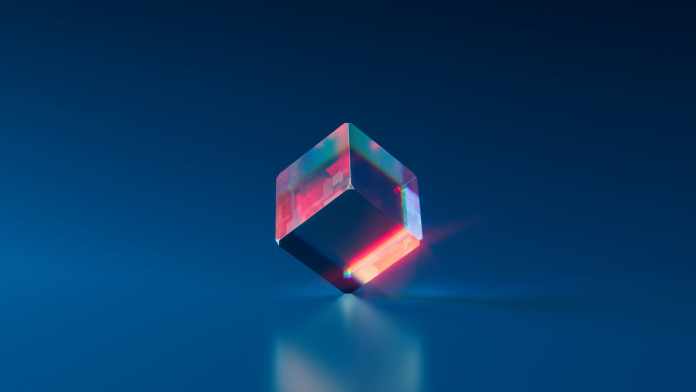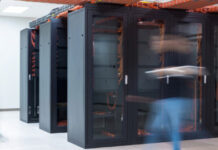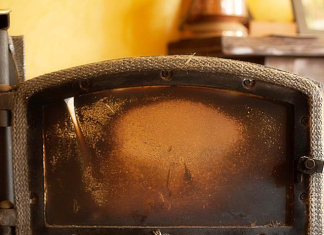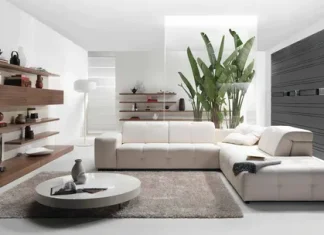Before embarking on a search for a better 3D printing mold, you need to consider how the end product will be. Standard 3D printing is whereby after the printing process comes to a halt, you have to wait for the material to cool before using it. Typical 3D printing is a process that incorporates the addition of material, which means you must add material as you continue printing. As your material extrudes, so does your final design fall into place during the final stages of the printing process.
Unlike standard 3D printing, 3D printing molds go an extra step since you begin by printing a container that is the inversion of your final product design. This is an effective process mainly because all you have to do is come with your final manufacturing material, and pour it into the container to dry. The molten material automatically takes the shape of the container printed earlier before it dries and solidifies to bring you its intended final design.
Why 3D printing recommended for business
Most businesses that deal with the production and selling of metal products need more than one specific item in their stores to satisfy customer demands. Using a 3D printing mold is effective, especially when you need more than one copy printed out. Unlike standard 3D printing, where printing is done for an object at a time, 3D printed molds come in handy since all that is required is to have all your molds set and ready, then all you have to do is use them all at once and mass manufacture your products increasing production speed.
3D printing is an excellent asset for businesses that require printing identical or exact copies. Mass replication is effective using a 3D printer because it maintains the design’s specifications without requiring recalibration. With the recent advancement in technology, software and hardware updates make it efficient as it utilizes the latest trends.
If you aim to start your own business in manufacturing, 3D printing molds should be part of your business model. Printing your models is better than contracting an external manufacturer to distribute the wanted product. Depending on the size of products you are manufacturing, having a 3D printer provides versatility mainly because you have access to different printing sizes, enabling you to tailor your models to the exact specifications and control the expenditure that goes into production.
Key benefits to having a 3D mold printer
Cost-effectiveness is the most important benefit your business gains from having a personal 3D printer. Creating models using a 3D printer is fast and straightforward, simply because you do not need unique material, and offers you the ability to alter tweaks in your design, giving you a quick turnaround time. Having a 3D printer also helps you tend to small details and intricate geometries.









